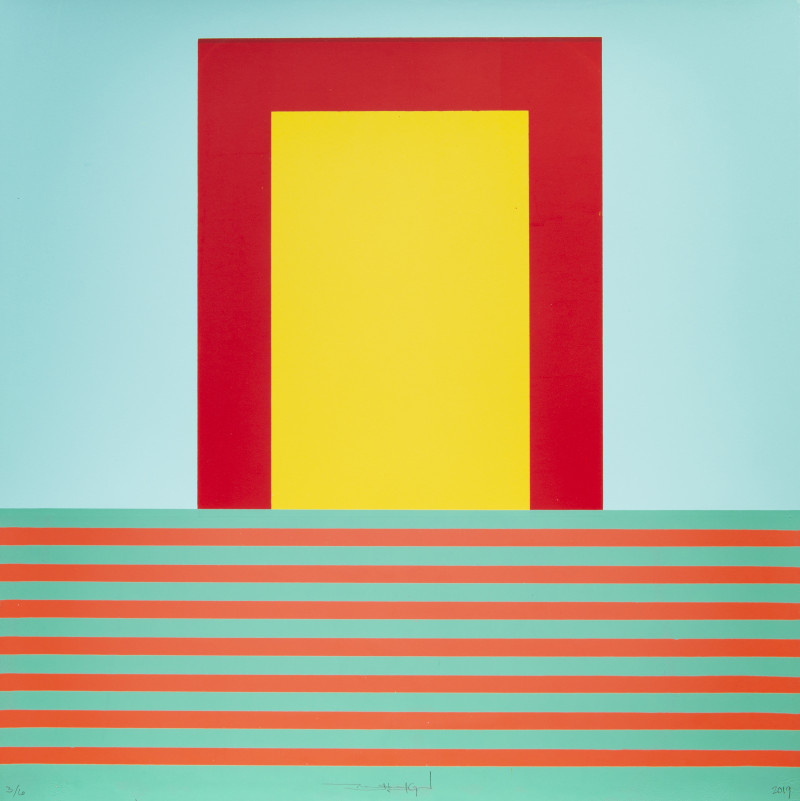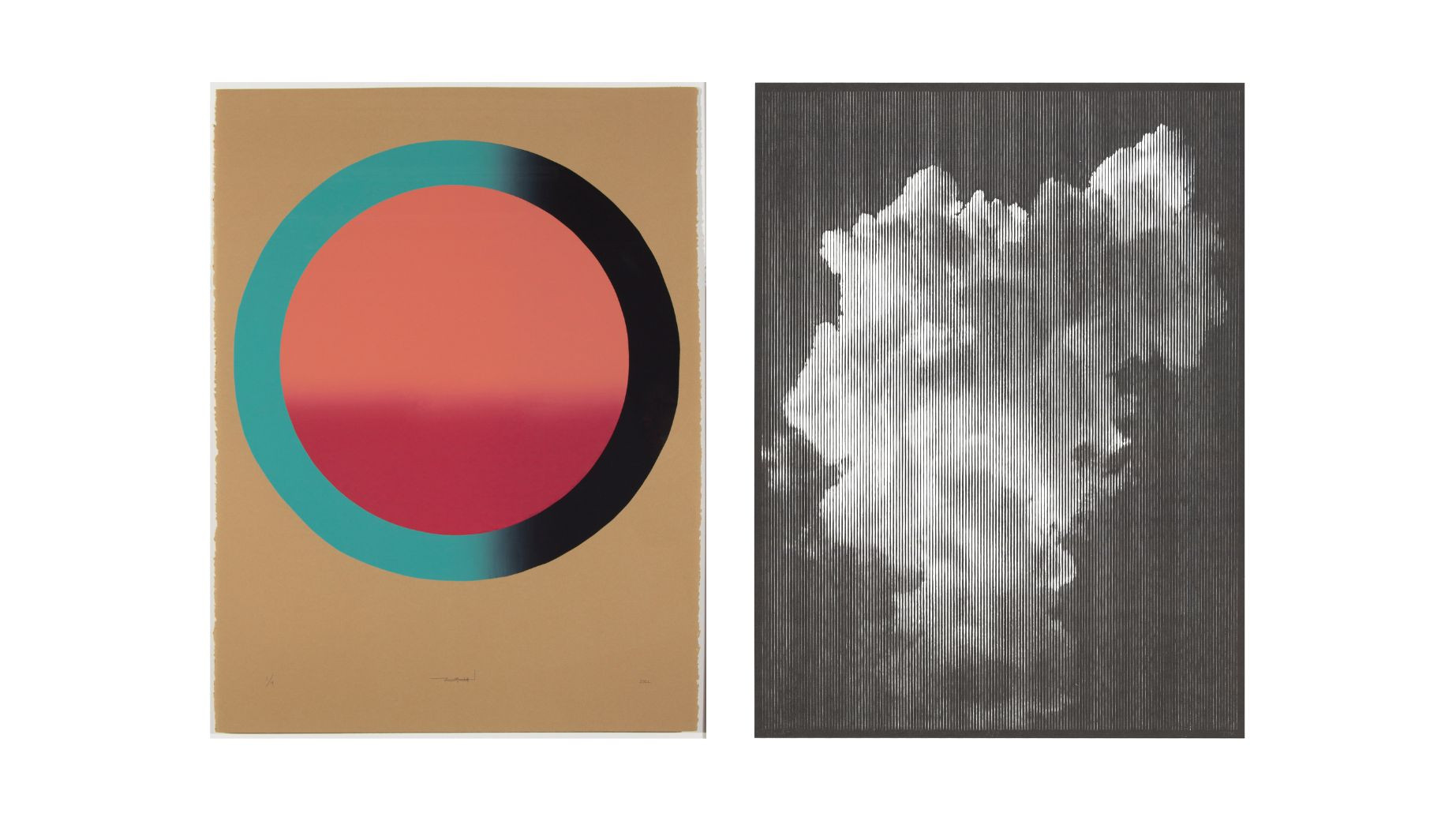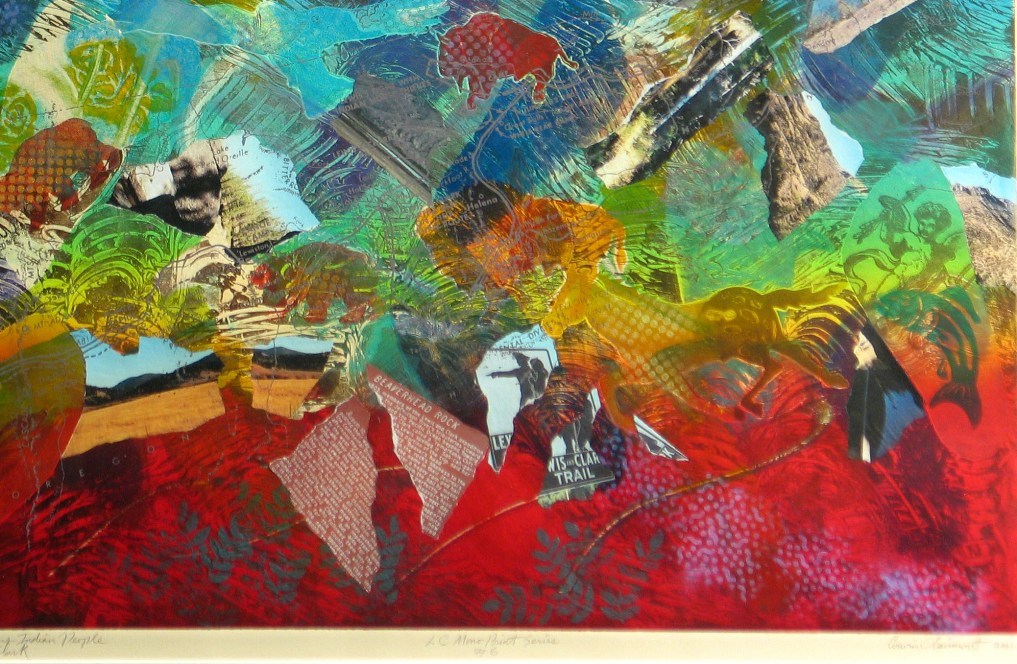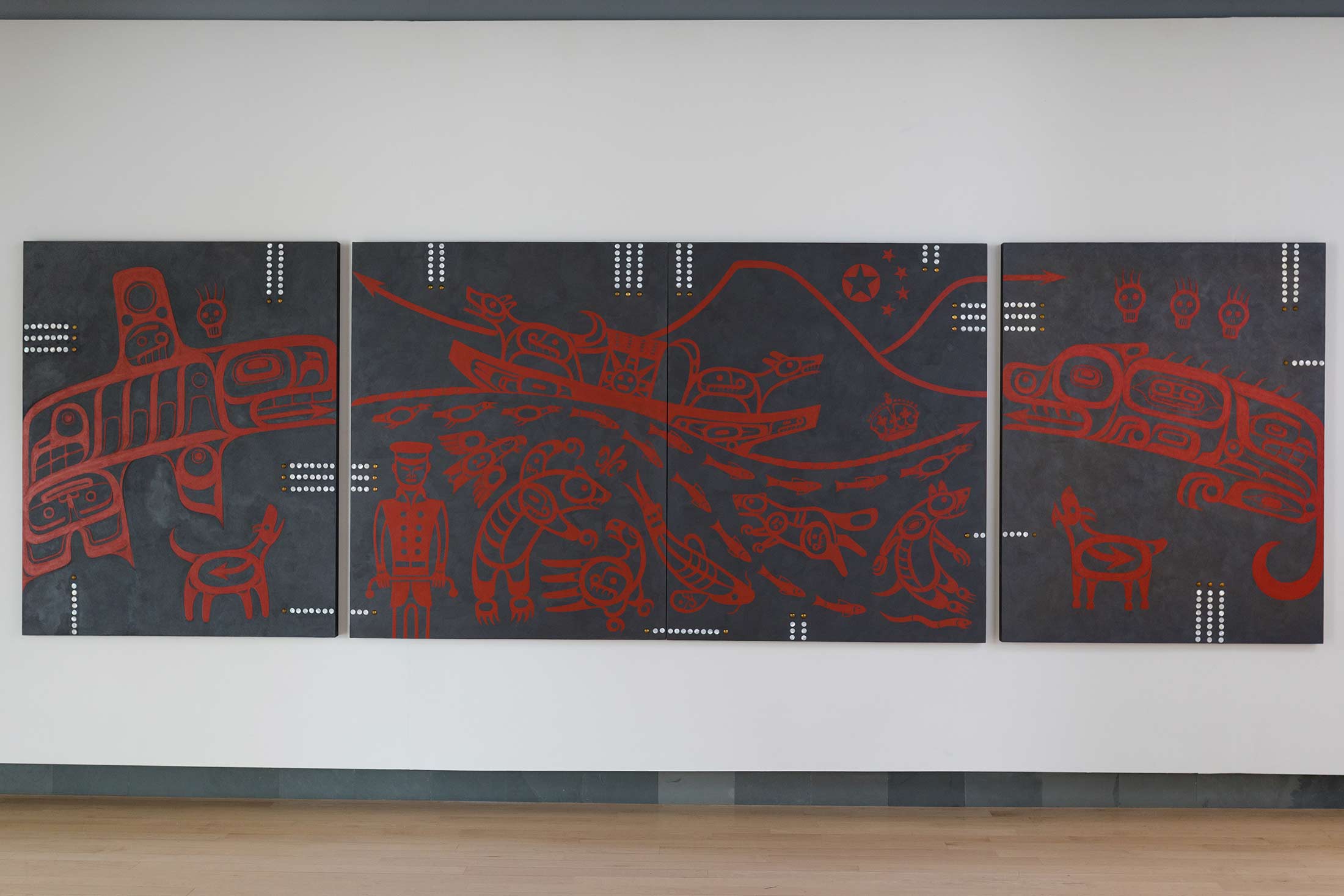MAM Collection Mission
MAM collects, preserves, exhibits, and researches art that is relevant to the culture of the American West with an emphasis on contemporary Montana artists. Developing and preserving the MAM Collections preserves our region's unique, emerging cultural heritage and helps to achieve the MAM mission to educate, challenge, and inspire the community through contemporary art. —Adopted by the MAM Board of Directors, 2006
About the Collection
The MAM Collections contain more than 2,100 artworks, including nearly 200 works acquired by the museum between 1975 and 1994, when it was a Missoula County agency called the Missoula Museum of the Arts. These early acquisitions comprise the Missoula County Art Collection at MAM.
Since the beginning, MAM's acquisitions have focused on challenging, contemporary art by artists who have lived or worked in Montana and the region. The Contemporary American Indian Art Collection, established in 1997 with a gift of prints by Jaune Quick-to-See Smith from the Rutgers Center for Innovative Print and Paper, distinguishes MAM's collection nationally and is one of the most in-demand and active program areas. In 2018, with support from the Institute of Museum and Library Services, MAM created preservation programming that resulted a an ambitious vision for a next-level museum: the MAM Collection Access, Research, and Education (CARE) Center. On a path to make this much-needed resource a reality, MAM's Collection Committee assessed the collections and created a five-year development plan (2019–2024) to guide careful growth and use, especially in key areas of Montana Modernism and contemporary American Indian and regional art.
MAM is committed to always having collection work on view. Check out the Current Exhibits page to see what's hanging in the galleries now. Artwork is displayed throughout downtown Missoula, as well, in the Art in Public Places program. Next time you're in a Missoula City or County office, look for blue labels on original works from the MAM Collections or download a map to tour the sites.
Special Projects: You can learn more about collection works through scholarship generated by MAM staff and interns, in-depth stories on featured acquisitions and donors, the Montana Connections project, which profiles artists significant to the MAM mission, and an online collection database containing records for more than 800 cataloged works.
Montana Modernist Collection
Artists such as Frances Senska (1914–2009), Rudy (1926–2007) and Lela Autio (1927–2016), Robert (1920–1990) and Gennie DeWeese (1921–2007) were the state’s first wave of modernists who, as educators and activists, created Montana’s premier spaces for contemporary art and encouraged creative exchanges that allowed the arts to flourish in an otherwise expansive, isolated region. MAM’s commitment to celebrating and preserving the legacy of Modernism is evident in holdings by these artists and others, including Aden Arnold (1901–1973), Maxine Blackmer (1915–2005), Freeman Butts (1928–1998), James Dew (1922–2012), Walter Hook (1919–1989), Branson Stevenson (1901–1989), and Jessie Wilber (1912–1989).
The Willem & Diane Volkersz Contemporary American Folk Art Collection
The Volkersz are artists and collectors and their self-taught, or folk art, the collection is truly a collaborative, life-long endeavor. This traveling exhibition represents a fraction of the hundreds of objects in the Volkersz collection and ranges from works by Alva Gene Dexhimer (1931–1984) to the Reverend Howard Finster (1916–2001).
The Volkersz gift to MAM drawings, paintings, constructions, and sculptures, as well as letters and photographs from their travels throughout America. Almost all of the artists are considered self-taught, or more specifically have a passion for their practice which functions without the support of instruction or academia. The consequence of this is obvious, direct, and honest expressions that are executed with sometimes the barest of materials. The Volkersz used a hands-on approach to their collecting by visiting, becoming acquainted with, and documenting the environments of many of these artists. The window of opportunity in which they collected these works is gone, for most of these artists are deceased. The language in which scholars frame this work is ever-changing. It is important to note that many significant collections of self-taught and folk art have found homes in American art institutions and MAM is pleased to host this slice of Americana. See some pieces from the collection here.
The Hmong Textile Collection
MAM is honored to hold over 300 pieces of art by the Hmong community in western Montana. The Hmong, historically a migratory people, developed portable cultural expressions such as textile art and jewelry-making to accompany them wherever they traveled. Paj ntaub (flower cloth) showcases embroidery and reverse appliqué techniques to create symbolic geometric and organic designs that reflect a deep animist spirituality. Traditional designs include spider webs, ram’s heads, tiger’s eyebrows, and elephant’s feet. Flower cloths were not traditionally sold, but constituted the majority of a family’s wealth and played important roles in rituals and rites of passage.
In 1979 and 1980, over 366 Hmong refugees resettled in Missoula after being persecuted in Laos because of their loyalty to the anti-communist U.S. government and CIA operations. In refugee camps, flower cloth techniques evolved, and artists began creating story cloths—embroidered picture textiles that illustrate Hmong experiences of agriculture, war, exile, and immigration. Sales of flower cloths and story cloths, both in the camps and later more broadly, generated important income for families and introduced Hmong culture to the region. Learn more about flower cloths by visiting the page for the 2017 exhibition From Flower Cloth To Story Cloth: Hmong Textiles In The MAM Collection. View selections from this collection by clicking here.
Art in Public Places
MAM coordinates Art in Public Places to make original contemporary art more accessible to western Montanans. In partnership with Missoula County, which owns about 200 works in the Missoula County Art Collection at MAM and provides valuable resources for the entire collection, MAM collaborates with city-county department heads to select artwork for display in public office spaces, such as reception areas and waiting rooms.
To ensure the long-term safety of the art, MAM staff and trained volunteers and interns pack, deliver, and handle the artwork, and rotate loans annually. City-county employees provide security staffing and agree to abide by loan terms. Departments wishing to join the program can call the museum to set up a schedule for a site visit, artwork selection, and installation.
Collection Development Plan
The American Alliance of Museums (AAM) requires accredited member museums to meet core standards in collection stewardship, including the “regular assessment of, and planning for, collection needs.” MAM’s comprehensive approach to stewardship includes a Collection Management Policy to guide collection care and use and a Collection Development Plan to describe the intellectual framework of the collections and recommend their strategic development.
MAM’s mission, vision, institutional strategic plan, and indigenous land and culture statement, provide this plan’s inspiration to balance the museum’s work of collecting, education, and outreach. Using the plan will help MAM to develop the collection as a meaningful resource to achieve the mission “to serve the public by engaging audiences and artists in the exploration of contemporary art relevant to the community, state, and region.” Following this proactive roadmap will ensure that the collections remain relevant to MAM’s aspirations, stabilize rapid growth, increase confidence in decision making, and help MAM use limited resources effectively.
Planning allows MAM to reflect on the current collection and clarify why a collection is needed to engage the public. The document poses new questions, such as:
- How do MAM’s mission and values and interpretive strategy relate to the collection?
- What areas need to grow to meet the mission and strategic goals?
- What items, if any, should be considered for deaccession?
The plan calls for enhanced collecting initiatives in the following areas:
- Montana Modernism: Deepen relationships with collectors and potential donors.
- Contemporary American Indian Art: Develop alliances and conduct curatorial outreach on the seven reservations in Montana.
- Challenging, contemporary, regional art: Establish goals in conversation with artists.
The plan calls for slower or refocused collecting in areas including:
- Career-spanning representations of individual artists
- Works that serve Art in Public Places loans more than mission-driven gallery exhibitions
- Artist books, portfolios, sketchbooks, and archival materials
The plan lays the groundwork for thoughtful deaccessioning of collections that are not related to the museum’s mission or that are duplicative. These efforts may focus on production and pre-WWII ceramics and works that have fulfilled their material life so that they no longer able to serve the mission.
The plan also compiles conservation issues for the first time and proposes MAM’s first research plan that will link program development with collections in effective ways.
Taken together, these efforts will establish a baseline by which to measure success in achieving institutional strategic goals. Read the complete plan here.





